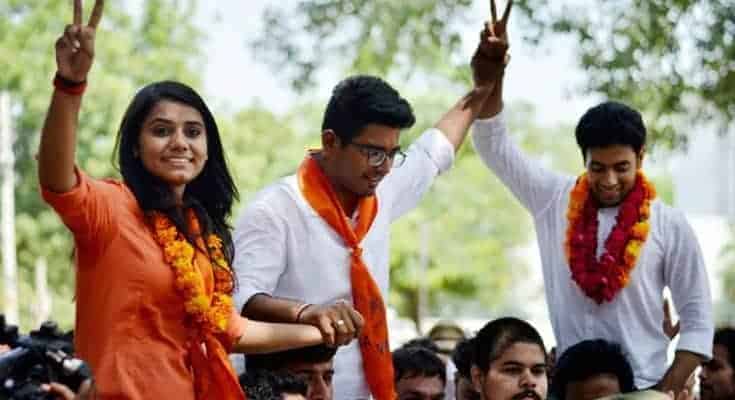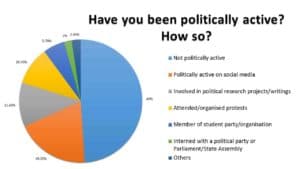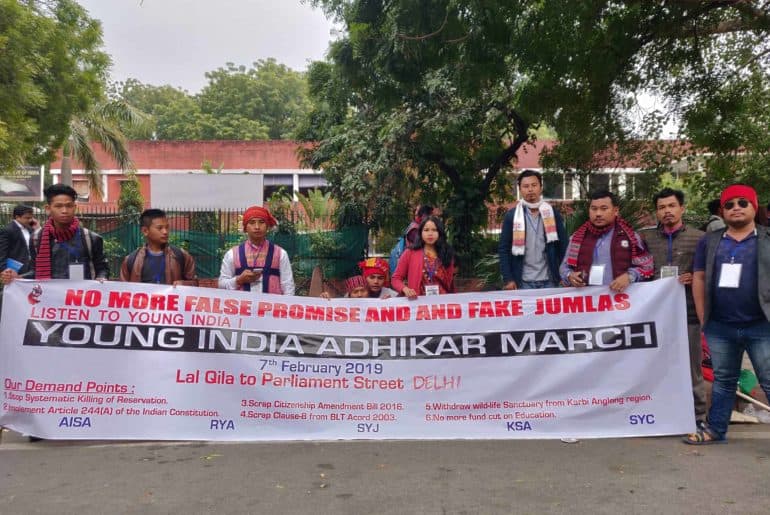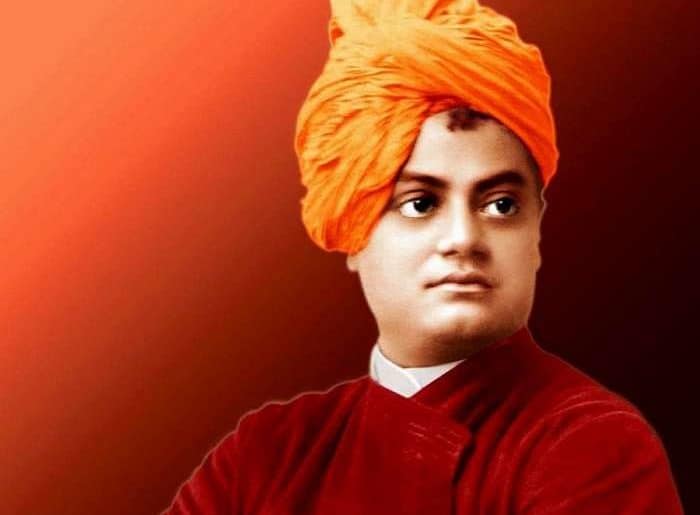As someone who has dreamt of living an independent life to get one step closer to his ambitions, shifting near the campus was a big deal for me. But as they say, with great power comes great responsibilities, I began succumbing to the responsibilities. The problem of plenty is real, and here’s why.
Suppose you are living a life of comfort, following a flamboyant and careless lifestyle, eating anything recklessly, sleeping at odd hours and then one fine day you suddenly feel a prickling pain in your chest. The pain doesn’t go away, it persists, for a day or two and is mildly affecting your consciousness. You wake on the third day and the pain comes back again. You go and see a doctor and it’s your liver! It has been deteriorating for a while now. The physician hints at your sedentary lifestyle and absurd eating habits for the situation. You regret, you repent, you cannot accept the fact that you have succumbed into a chronic disease at such a young age. Though it can get worse with time, the relieving part is that only if it’s not controlled or managed well. Your liver will get back on track if you undo the effects with a disciplined and healthy lifestyle. Now, out of scarcity of option you willingly or unwillingly have to follow a better lifestyle.
If you are wondering why the medical situation of a careless youngster is being discussed here, then let me tell you, this careless youngster is me and probably you or a friend of yours. Let me clear the ambiguity first. I have used this analogy to illustrate the “problem of plenty”. A situation 11th-hour lovers must be familiar with.
Now, allow me to associate this problem with my decision to shift near the campus in order to concentrate on my college and academics. The most relevant argument a student gives to their parents or guardians (or at least I did) while persuading them to allow relocation to a flat or PG near the campus is that it will save the time lost in commuting daily from home to college and back. The other argument is generally the availability of a student-friendly environment in a flat or PG near the college. Subsequently, one also thinks about having a typical bachelor’s experience. In hindsight, a student comes with hope and determination to lead an independent life for the next few years.
And then comes the problem of plenty. The problem of plenty roots within the luxury of abundance. The abundance of resources, time and affinity. Just like “you” took your abdomen for granted and got marred by a deadly disease, I got marred by the assurance of resources and time.
Once I left the comfort of domestication and set foot out in the real world, I saw a lot of opportunities, experiences to seek, and things to try. A distorted sleeping cycle, untimely eating habits, eating whatever I got at hand, etc. became common practices. Exploiting the freedom I had was the foremost task my mind was alluded to do once I got out of home. Now, I could dare to miss classes on a regular basis and still sleep in peace, unlike my home where my parents would have ranted out their frustration had I missed classes so frequently. And academics – you remember the 11th-hour lovers I mentioned initially? I became that student inadvertently.
But then, the grass is always greener on the other side. When I see it from another perspective, I realise the vast amount of experience I am extracting at such a young age. I am maturing as a person, learning to tackle emotional and mental upheavals, discovering the value of every teardrop I shed. I am making friends who I am sure will become family to me if I hold on to them. And if with great responsibility comes with great power, this independence, this abundance is nothing but power to me!
Image Credits: Adventure In Adventure Out
Priyanshu












